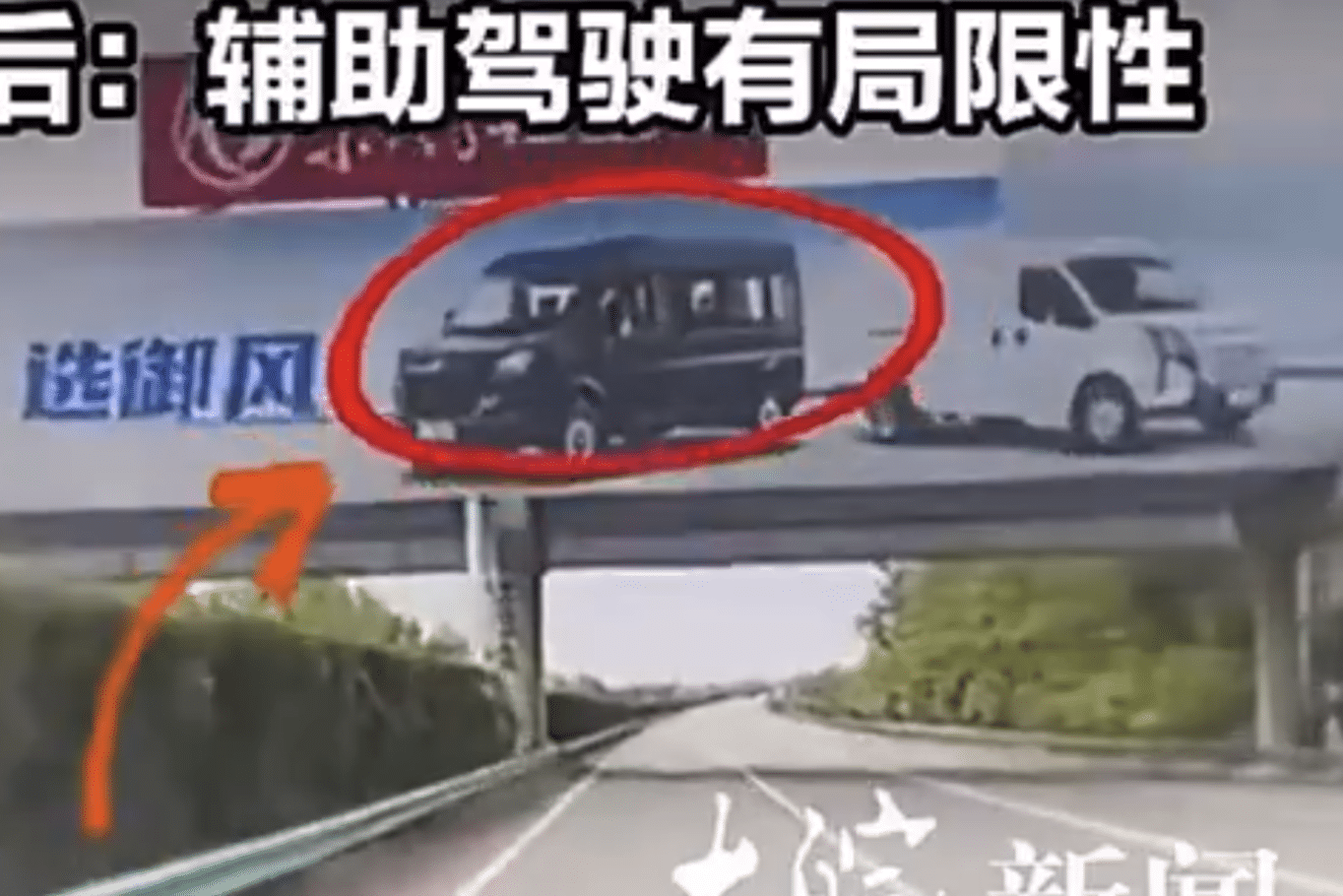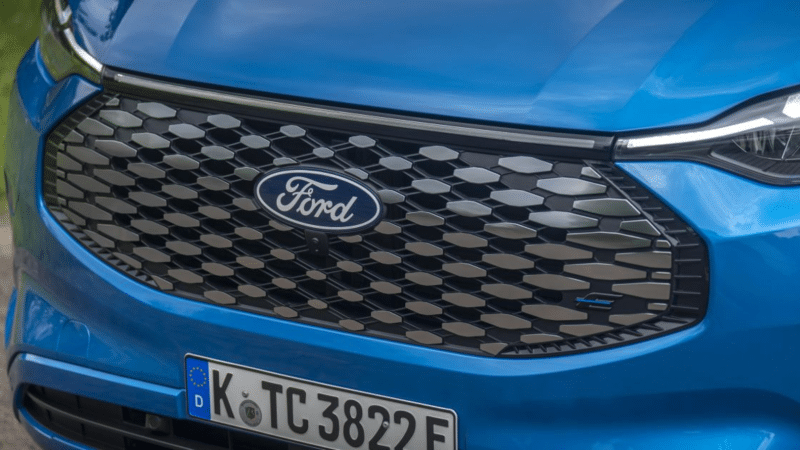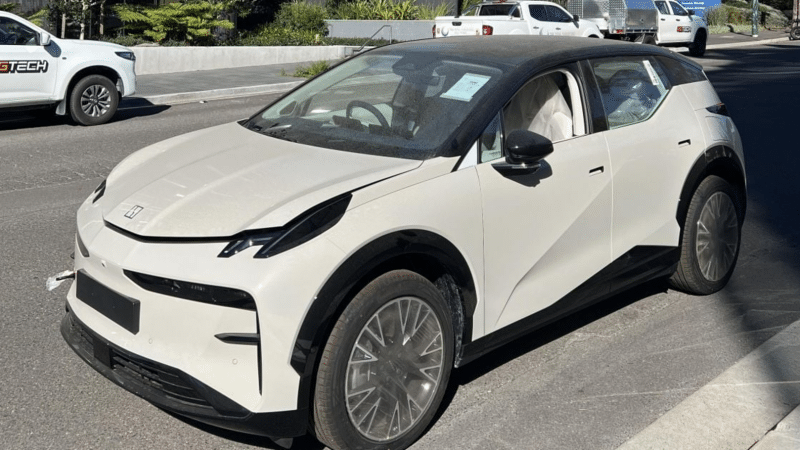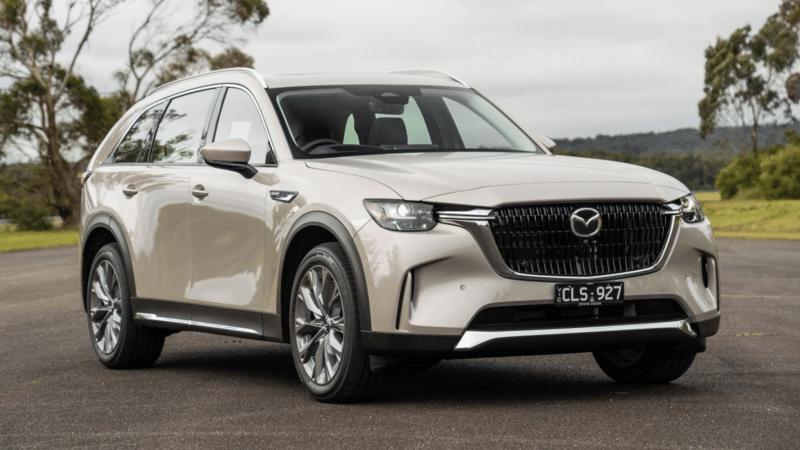Flawed Driver Assistance System Mistakes Billboard for Real Vehicles, Causes Accident

Flawed Driver Assistance System Mistakes Billboard for Real Vehicles, Causes Accident
Are advanced driver assistance systems truly foolproof or do they still have some way to go in terms of reliability?
Advanced driver assistance systems, while effective in reducing the risk of crashes, can sometimes cause incidents due to flaws in the technology. In an unusual case in China, a Li L9 SUV’s autonomous emergency braking system mistook a billboard with images of vans for actual vehicles on the road, resulting in a collision. The incident highlights the challenges of vision-based ADAS and raises questions about the reliability of these systems.
The driver of a Li L9 SUV in China experienced a peculiar incident while driving on a freeway. The vehicle’s LiDAR system detected two vans stopped on the road ahead, triggering the autonomous emergency braking system. However, there was a major oversight – the vans were not actual vehicles but rather images on a billboard above the road.
The deployment of the emergency braking system caused the SUV to come to a sudden stop under a bridge. Unfortunately, this unexpected maneuver led to the SUV being hit from behind by another car that was unable to slow down in time to avoid a collision.
Thankfully, no injuries were reported as a result of the accident. Nevertheless, the SUV’s owner is seeking compensation of 20,000 yuan ($4135) for the damage caused by the collision.
A spokesperson for the brand admitted that the safety system was to blame for the crash, as it had mistakenly identified the billboard images as real vehicles. They reassured that software updates will be released to prevent such incidents in the future.
Despite this incident, studies conducted in the US have shown the overall effectiveness of advanced driver assistance systems like forward collision warning and autonomous emergency braking. According to a 2022 study by the Partnership for Analytics Research in Traffic Safety (PARTS), vehicles equipped with these systems are 49% less likely to be involved in a crash and 53% less likely to result in injury.
- Li L9 SUV’s autonomous emergency braking system mistook a billboard for real vehicles
- Owner claims the SUV was subsequently hit from behind
- Demand for compensation of 20,000 yuan ($4135) for the damage sustained
- Brand acknowledges the system’s mistake and plans to release software updates
- Study shows vehicles equipped with forward collision warning and autonomous emergency braking have significantly reduced crash and injury risks
The incident involving the Li L9 SUV highlights the potential flaws in vision-based ADAS and raises concerns about the reliability of these systems. While they are generally effective in reducing the risk of crashes, incidents like these remind us that technology is not perfect. It emphasizes the need for continuous improvement and updates to ensure the safety of drivers and passengers on the road.






